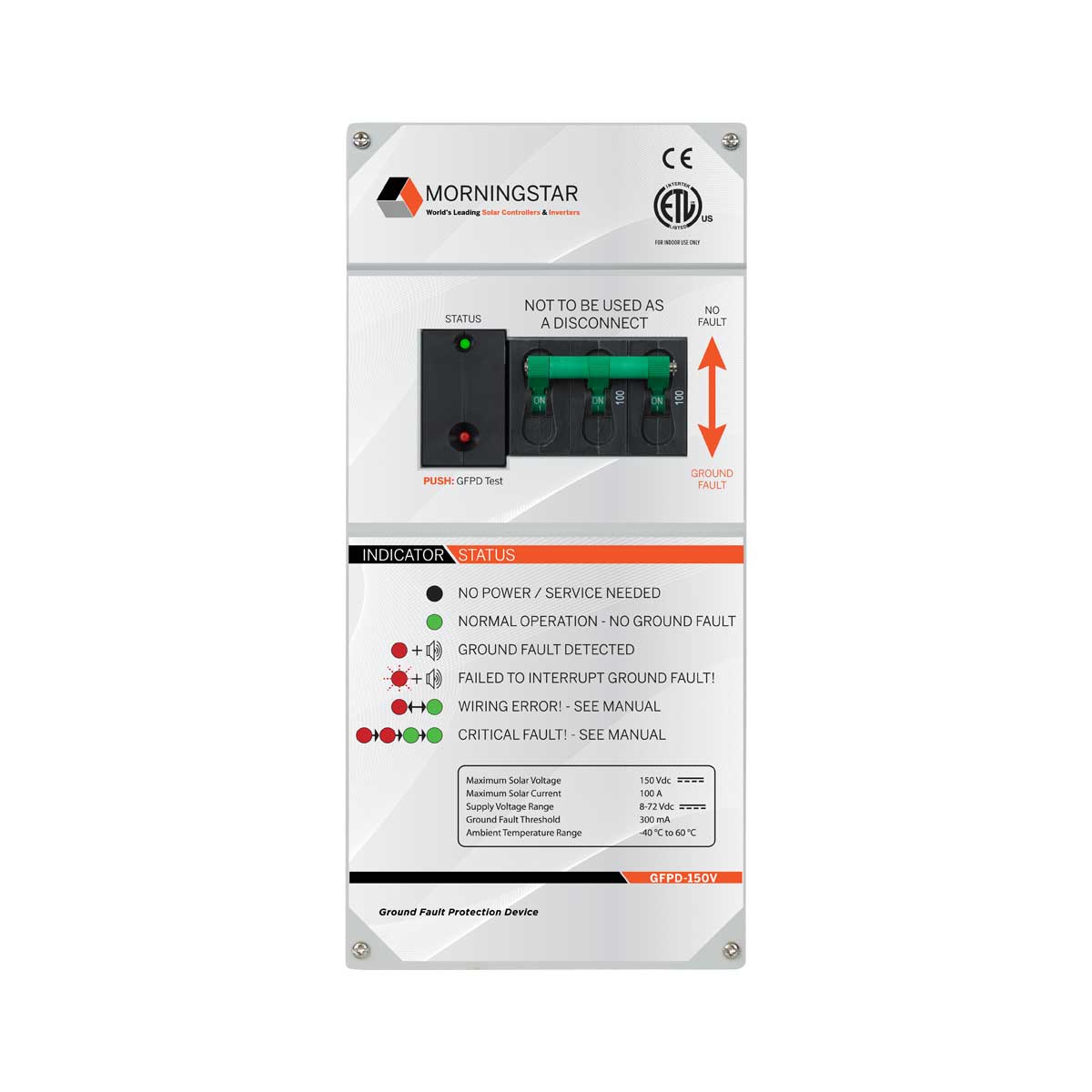Transformerless GT PV inverters have ungrounded PV arrays.
SMA pioneered this, and convinced the utilities and others it could be done safely (failures that end up driving PV DC into the grid would do really bad things to transformers.)
My Sunny Boy 10000TL-US calls for fuses in both PV+ and PV-
Normally, they run roughly centered around ground (so half the PV panels are positive biased in terms of PID, and half are biased negative.)
During power-up, the inverter runs a test where it pulls negative to ground, while testing for zero current.
If connected to 208V of a 120/208Y system, instead of array midpoint being at approximately ground (centered based on VAC positive peak and VAC negative peak), it is centered around the midpoint of 208V between to phases. Which is to say it swings 60 Vrms.
So no grounding there in the sense you would consider, but its voltage is defined based on grounded point of AC grid (PV is not galvanically isolated from grid.)
Most GT PV inverters are transformerless these days, of course. Perhaps some have high frequency galvanic isolation and could be grounded.






